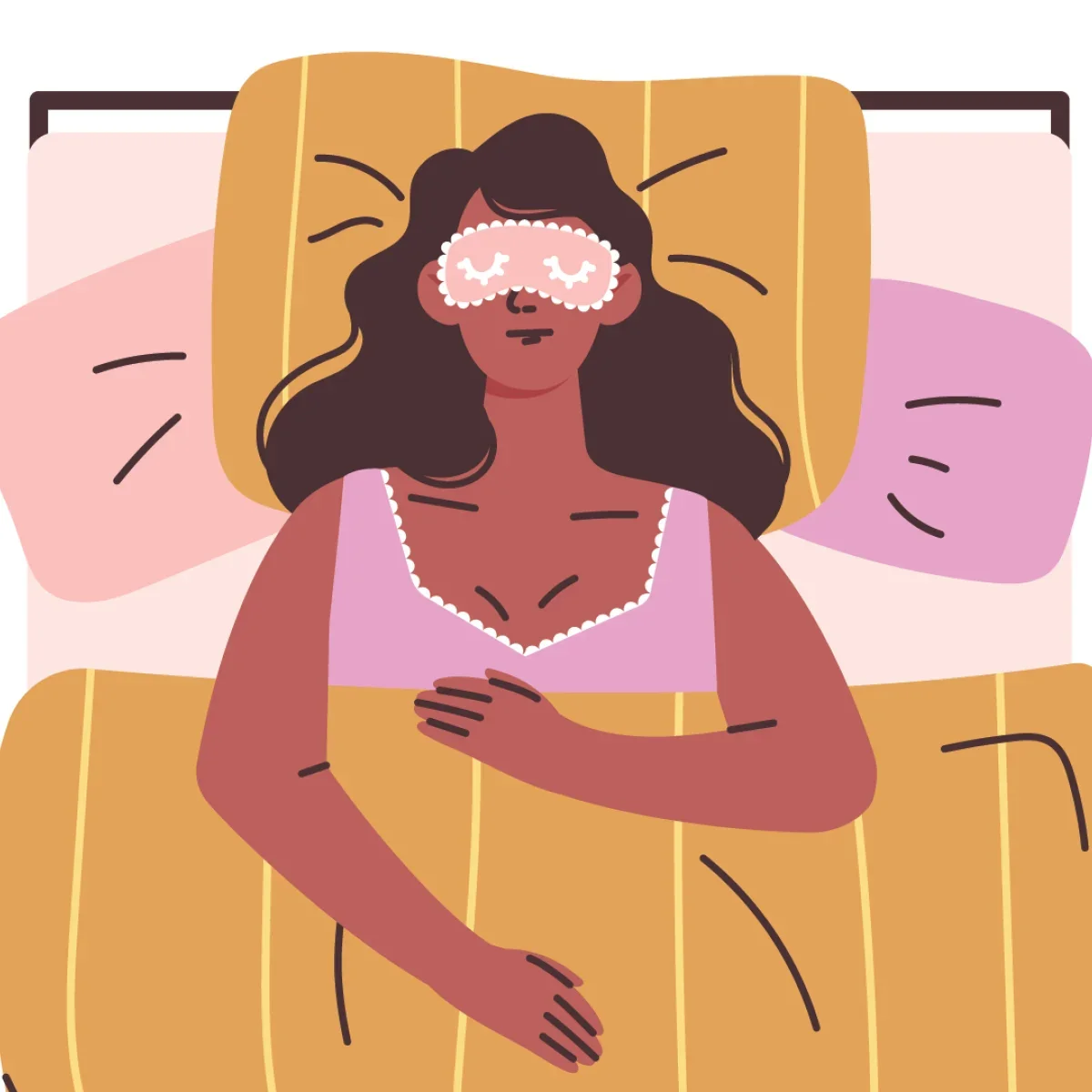What Is Sleepmaxxing?
Sleepmaxxing is a rising wellness trend—popularized on TikTok and other platforms—that revolves around intentionally optimizing your sleep quality, duration, and efficiency. Rather than just aiming for more sleep, the focus is on making each hour count by building ideal habits, environments, and routines.
Why Is It Trending? The Appeal and Benefits
Reclaiming rest in a hustle culture
It flips the script on the “productivity at all costs” mindset, emphasizing rest as a foundation for wellness and performance.Backed by real science
Good sleep is linked to better memory, mood regulation, stress resilience, immunity, metabolism, and long-term healthData-driven optimization
Many enthusiasts use tools like wearables and trackers to monitor sleep stages and patterns—seeking empirical insight into how lifestyle tweaks affect rest.Lifestyle upgrade, not just logging hours
It’s not about doing more sleep, but sleeping better—creating consistent routines and calming environments to enhance restorative rest.
Common Sleepmaxxing Practices
1. Optimize Sleep Hygiene
Maintain a cool, dark, and quiet environment.
Limit screens before bed; dim lights early to naturally cue your internal clock.
Avoid caffeine or heavy meals close to bedtime.
2. Establish a Consistent Sleep Routine
Go to bed and wake up at the same time daily—even on weekends.
Create a soothing pre-sleep ritual (e.g., reading, meditation, gentle stretches).
3. Use Supportive Sleep Tools
Blackout curtains, white-noise machines, high-quality pillows, weighted blankets, and cool mattresses can all enhance rest.
Track & Tune with Tech
Wearables like sleep trackers help identify triggers for poor rest—but they may also provoke anxiety if used obsessively.
5. Supplement or Try Specific Hacks (With Caution)
Melatonin and magnesium may help for certain cases but should not be treated as universal solutions.
Wacky tips like mouth-taping or nostril expanders are popular online—but lack sufficient evidence and can even carry risks.
Other niche hacks (e.g., red light therapy, kiwi before bed) show possible but limited benefits.
Benefits & Potential Downsides
Benefits
By adopting mindful sleep habits, many people enjoy improved mood, better focus, more energy, and even enhanced well-being.
Sleepmaxxing aligns with holistic wellness—boosting everything from mental clarity to heart health.
Risks and Caveats
Orthosomnia: obsessing over perfect sleep—through trackers or rigid routines—can actually worsen anxiety and disrupt rest.
Health hazards from questionable hacks: Practices like mouth-taping may interfere with breathing or mask underlying conditions like sleep apnea.
Impracticality and cost: High-end gadgets and obsessive routines may breed guilt or social FOMO, rather than improved rest.
Sleepmaxxing taps into a growing desire for well-being and balance in a busy world. While many trendy "hacks" are rooted in good intentions, the most effective path forward usually starts with the basics—creating a restful environment, building a consistent nighttime routine, and listening to your body rather than chasing perfection.
By blending proven habits with thoughtful experimentation—and knowing when to let go—you can make sleep work for you, not the other way around.
